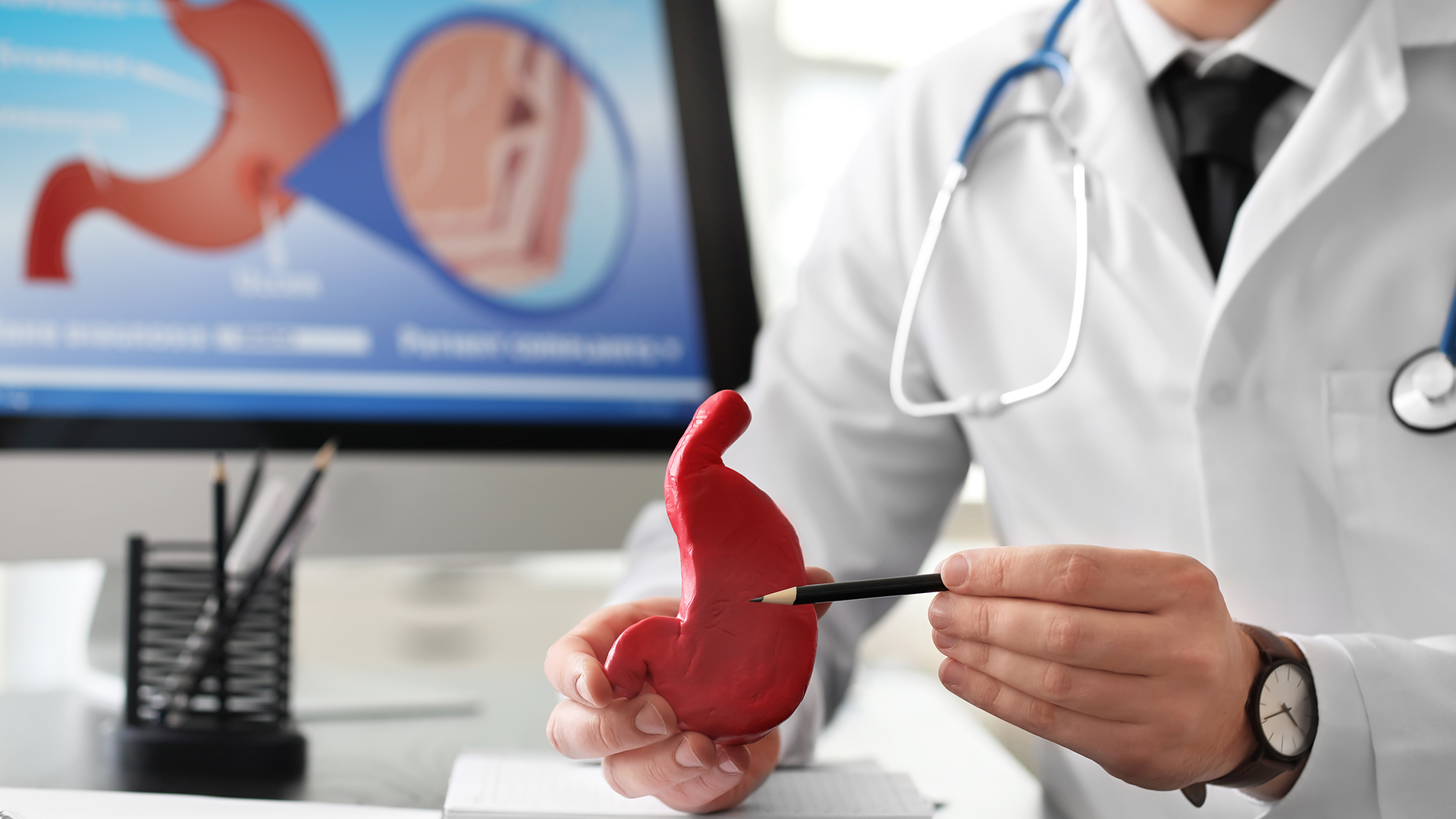Enteral Nutrition in Clinical Practice: A Guide for Medical Professionals

Aaron Glauser
May 28, 2025
Disclaimer: This blog article was written by an AdvancedMD partner. The views and opinions expressed in this article are those of the author(s) and do not necessarily reflect the official policy or position of AdvancedMD.

Enteral nutrition (EN) is a cornerstone of clinical nutrition support for patients who have a functional gastrointestinal (GI) tract but cannot meet their nutritional requirements through oral intake alone. Its timely initiation has been associated with improved clinical outcomes, including reduced infection rates, preserved gut integrity, and decreased hospital length of stay.
This article outlines key considerations for healthcare professionals involved in the assessment, initiation, and management of enteral feeding.
Indications for Enteral Nutrition
EN is indicated in patients who are hemodynamically stable, with a functional and accessible GI tract. Common clinical scenarios include:
- Neurological impairment (e.g., stroke, traumatic brain injury, ALS)
- Head and neck cancers
- Critical illness (e.g., sepsis, burns, trauma)
- Postoperative recovery where oral intake is delayed
- Malnutrition or risk of malnutrition in chronic disease
Contraindications may include GI obstruction, severe ileus, uncontrolled vomiting, and high-output fistulas distal to the feeding site.
Routes of Administration
Selection of the feeding route depends on anticipated duration and risk of aspiration:
- Short-term (≤4–6 weeks): -Nasogastric (NG) or nasojejunal (NJ) tube
- Long-term (>4–6 weeks): -Percutaneous endoscopic gastrostomy (PEG) or jejunostomy (PEJ)
- Jejunal feeding is preferred in patients with gastroparesis or high aspiration risk.
Initiation & Advancement
Start with a standard polymeric formula unless the patient has specific needs (e.g., renal, hepatic, diabetic). Begin feeding at 10–40 mL/hr and advance as tolerated every 8–24 hours. Monitor tolerance by assessing residual volumes (if applicable), bowel function, and symptoms like distension, cramping, or diarrhea.
Enteral Nutrition Formulas:
- Polymeric: Standard, complete formulas for most patients
- Elemental/semi-elemental: For patients with malabsorption or pancreatic insufficiency
- Disease-specific: Tailored for renal, hepatic, pulmonary, or diabetic patients
Monitoring and Complications / Common Complications:
- Mechanical: Tube clogging, displacement, or blockage
- Gastrointestinal: Diarrhea, constipation, nausea, aspiration
- Metabolic: Refeeding syndrome, hyperglycemia, electrolyte imbalances
Monitoring Parameters:
- Weight, fluid status
- Electrolytes (especially phosphate, potassium, magnesium)
- Blood glucose
- Gastric residual volumes (when clinically appropriate)
- Signs of intolerance or infection
Clinical Pearls for Practice
- Initiate EN within 24–48 hours of ICU admission when feasible.
- Avoid delaying EN for imaging or procedures unless absolutely necessary.
- Elevate head of bed ≥30–45° during and after feeding to reduce aspiration risk.
- Consider prokinetic agents for patients with delayed gastric emptying.
- Use protocols and checklists to improve EN delivery and monitoring
Conclusion
DMEconnected is your trusted platform for ordering nutritional products for your patients. By partnering with our platform, healthcare providers go beyond simply referring patients for medical equipment and formula—they gain access to leading organizations like:
One Source Medical Group. Through comprehensive assessment, timely initiation, and ongoing monitoring by a multidisciplinary care team; they help ensure optimal patient outcomes.
As a frontline clinician, staying aligned with an evidence-based company in enteral nutrition (EN) can significantly improve patient care and reduce complications.
Get a Free, Personal & Live Demo
Get an in-depth overview of AdvancedMD and our Amazon Web Services cloud platform to learn how automated and unified software can make life better for every role of your practice (patients included).
Request live demoRecent Posts
AI Clinical Assistant from AdvancedMD: AI Innovation to Help Healthcare Providers Prioritize Patient Care over Paperwork
Read Now ›
The Latest from Vital Signs: Physician Pay Is Up, Practice Leaders Prioritize People-Centric Goals, and Burnout Is Worse for Women Physicians
Read Now ›
Get to Know Jessica Kojima, AdvancedMD Vice President of Professional Services
Read Now ›
